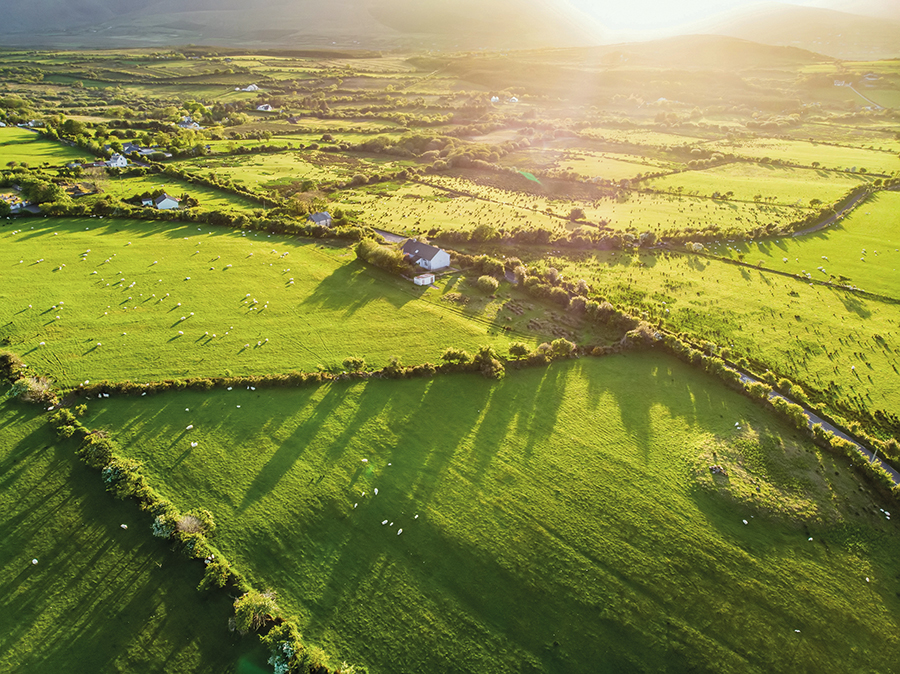Using hedges to boost biodiversity
11th September 2024
A new report explores how farmers can increase invertebrate numbers and biodiversity, whilst maintaining the same level of food production.

An ongoing study by the Game & Wildlife Conservation Trust has revealed a 37% decline in invertebrate abundance in cereal crops since 1970. Its new ‘Guide to Insect-rich Farmland Habitats’ explores how farmers can improve biodiversity without impacting productivity.
When it comes to hedges, the report advises planting a diverse range of native species, including both evergreen and deciduous plants – and where possible, link to other hedges or habitats, and try to source plants locally.
Winter is the best time to plant hedges, and beech is a good choice for dry soils, while alder performs well in wetter soils. Waterlogged soils should be avoided for all hedges. To avoid competition, clear the area and plant into bare soil. Bare root plants are the cheapest and most easily acquired, but some species such as holly are only available as container- or cell-grown plants. It’s likely that you’ll need plastic tubes, spirals or quills to protect young plants.
Whilst hedges are establishing, do light and regular trimming, and once established, cut on rotation with a minimum of a three-year cycle to maximise biodiversity. Alternatively, leave 10cm of incremental growth each year. Trimming can be done in autumn, but delaying until January/February allows wintering birds to benefit from berries. Aim for a variety of hedge heights and widths; hedges can also be coppiced or layered to provide different hedge structures.
The report also advises planting hedgerow gaps with species native to the area. The hedgerow base can be comprised of tussocky grasses such as cocksfoot to provide nesting sites for birds and herbaceous plants. Umbellifers can be added to a mix but some can support carrot and parsnip pests and become a weed in itself.
The flora of a hedge base is often determined by soil type and soil fertility. Flowers can be chosen to encourage hoverflies, parasitic wasps and ladybirds – ground beetles will also use this habitat – and diversity will give more control over crop pests. Large hedges create shade, resulting in fewer flowering plants, and south facing margins are better for flowers, while north facing margins are better for grass.
Regular topping and weed control is recommended in the first few seasons to help establish base cover and cutting should be managed rotationally to vary habitats and stop woody growth spreading from the hedge. Crop inputs such as fertilisers should be precisely applied to crop areas to reduce their impact on the hedge base plants.
A hedge base can be established by natural regeneration, but if planting a hedge in a new location, hedgerow species are unlikely to be present in the seedbank. Hedge base seed mixes can be sown in spring or autumn to compete with less desirable weeds – seed can be broadcast and lightly covered.
Read more farm business news
